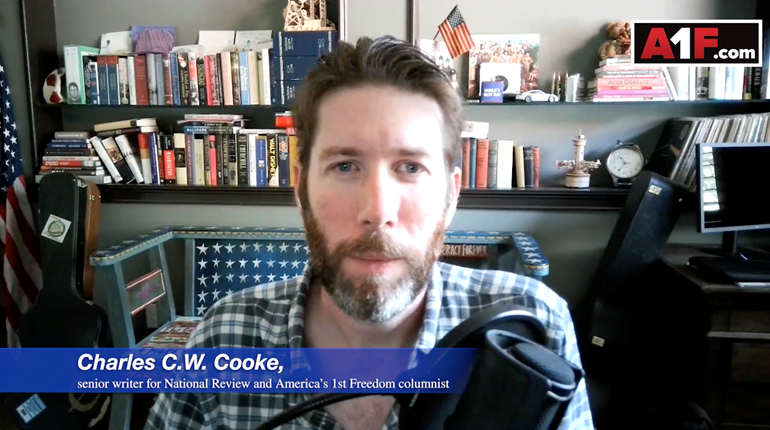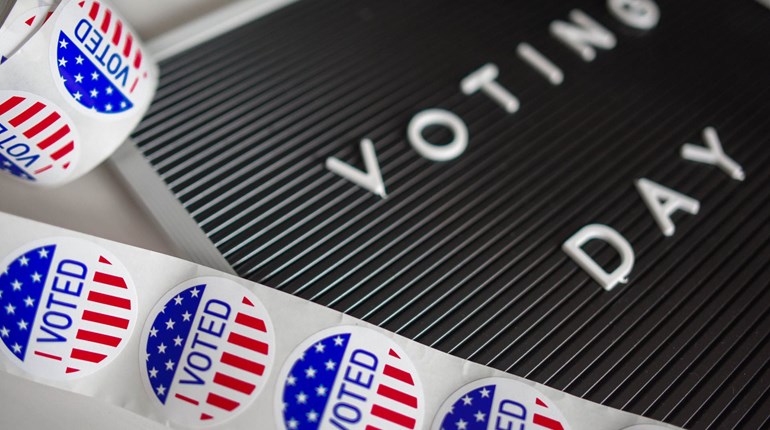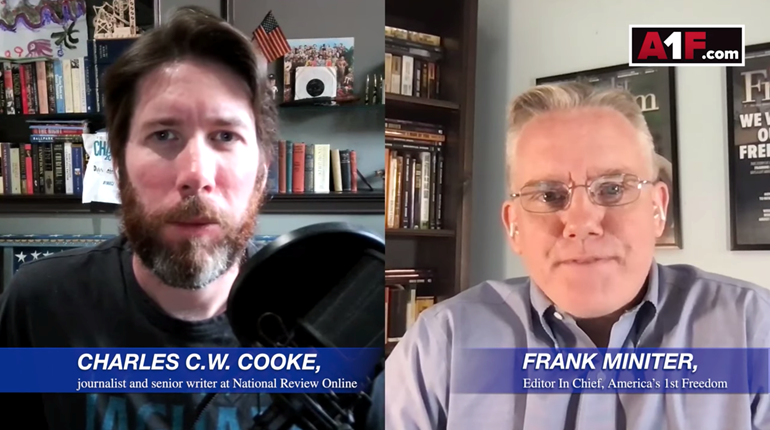
When asked about the rising crime rate, President Joe Biden’s (D) press secretary, Jen Psaki, immediately changed the subject. “I would say certainly there is a guns problem,” Psaki said. “And that’s something the president would say.”
That may, indeed, be “something the president would say.” But that doesn’t change the fact that it’s nonsense. Indeed, it is hard to imagine what argument Psaki and Biden even think that they are making. Between 1992 and 2015, crime in the United States dropped dramatically at the same time as the Second Amendment was being assiduously restored and the American public was buying hundreds of millions of firearms. In 1992, the FBI reports, the violent crime rate was 757.7 per 100,000 residents. By 2015, the rate was 372.6 per 100,000, a reduction of more than half. This drop applied across the board: to murder (from 9.3 in 1992 to 4.9 in 2015), rape (42.8 in 1992 to 28.1 in 2015), robbery (263.7 in 1992 to 101.9 in 2015) and aggravated assault (441.9 in 1992 to 237.8 in 2015).
Review after review has poured cold water on the idea that bans on so-called “assault weapons” have had any effect on crime.
During the same period, the number of guns in private hands nearly doubled, from around 190 million to nearly 360 million; the number of so-called “assault weapons” rose from 1.5 million to more than 11 million; the number of concealed-carry permit holders increased more than tenfold; and, at almost every level, the laws governing the keeping and bearing of arms were liberalized dramatically. To buy what Psaki and Biden are selling, one has to believe that, for a solid 23 years, there was no negative connection between these facts, but that, as of about 2016, that magically began to change.
It didn’t. Unlike the right to self-defense—which is inherent and inviolable in all human beings—the prevention of crime is a complicated matter that requires the correct combination of sensible laws, adequate policing, appropriate sentencing and a culture that supports all three. To look at the increases in crime we have seen over the last couple of years and shout “guns!” in response is simply bizarre—especially when one looks at the statistics.
Review after review has poured cold water on the idea that bans on so-called “assault weapons” have had any effect on crime. Review after review has rejected the claim that the proliferation of concealed carry has led to any increase in crime. Review after review has noted that even the total abolition of permitting for the open and concealed carry of firearms has not increased crime. What, one must ask, does Psaki think has happened here? Have the criminals only just noticed that they are able to break the law?
Or could we perhaps be witnessing the consequences of a series of public-policy changes that have nothing whatsoever to do with firearms and law-abiding gun owners? The last five years have been marked by a decreasing respect for the police, by an increasing tolerance of riots, by a precipitous rise in drug addiction and by district attorneys in many of America’s major cities who are blatantly not interested in enforcing the law.
If the White House is alarmed by what is happening to the crime statistics, it would do well to look at these developments and consider whether they are welcome after all. Instead, Jen Psaki and her boss have elected to do what they always seem to do in such circumstances: To ignore the question, to gesture at the voters they dislike and then to take square aim at a sacred provision of the U.S. Constitution.

































